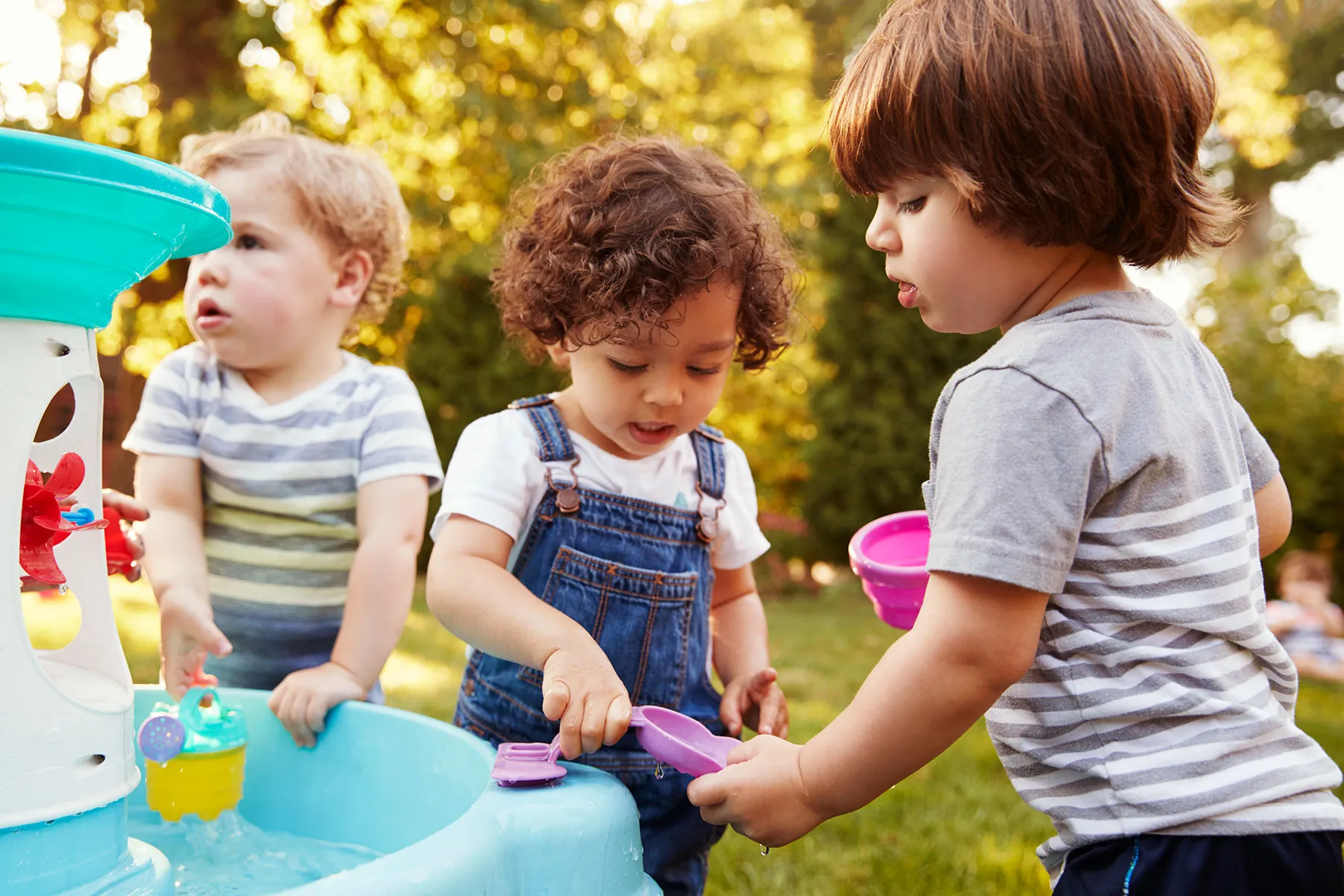
When pediatrician Robert Zarr sits down with a patient in his busy Washington, DC, clinic, he often includes a surprising question amid the routine inquiries about eating habits and exercise: “What do you like to do outdoors, and is there a place you feel safe and comfortable doing it?” When that patient walks out the door, along with any needed medications, he or she often carries with them another kind of prescription: a precise, custom-made plan for spending time in nature.
“I use nature as my intervention and ask them to respond in a way that I know they are taking it seriously,” says Zarr, who includes a “dose” (a 20-minute walk in the park; a cellphone free half-hour under a backyard tree) and a frequency (2 to 3 times per week) in every scrip. He also texts it to the patient or parent and asks them to confirm online when they’ve “filled it.” More than 60% heed his advice.
“As a result, my patients are moving more, losing weight, and feeling less depressed and anxious,” he says.
Zarr is among a growing number of clinicians and educators turning to Mother Nature for help in addressing widespread obesity, chronic illness, depression, and behavioral problems among youth. Fifteen years ago, bestselling author Richard Louv coined the phrase “nature deficit disorder” to describe a group of childhood health problems suspected to result -- at least in part -- from detachment from the outdoors. The then-controversial idea is now gaining scientific traction.
More than 400 studies have shown a connection between exposure to green spaces and better health, including healthier weight, lower stress levels, better vision, and a stronger immune system. In August, the journal Frontiers in Psychology published a 138-page e-book documenting dozens of studies linking green-space exposure to better learning and cognitive development among children.
“We have reached a tipping point with the research,” says co-editor Ming Kuo, director of the Landscape and Human Health Lab at the University of Illinois. “As a mom who knows the scientific evidence, I feel ethically bound to let other parents know nature really is important for kids.”
The Science Behind Nature-Based Learning

Precisely how the outdoor world fuels better learning remains uncertain, but one prevailing theory suggests it gives the brain a break from the drudgery and fatigue of indoor work.
“The best antidote to too much close work or computer work is to pay a different kind of attention, and the best way to do that is to go outside,” says Louv, author of Last Child in the Woods and co-founder of the nonprofit Children and Nature Network.
One recent study looked at Chicago third-graders over 10 weeks and found that when they had a lesson outside and came back into the classroom they paid more attention and required less discipline. Others have found similar results in kids with emotional, cognitive, or behavioral disabilities like ADHD.
Another study, of 94 high school students, found that those who simply had views of outdoor greenery performed better on tests of concentration. Other research has shown that children who grow up with better access to outdoor green spaces do better on standardized tests. And one recent brain imaging study of 253 schoolchildren found they also have larger brain regions associated with working memory and attentiveness.
“If you unplug and you get out in nature, it forces you to engage different senses -- the sounds of water, the smell, the visual inputs -- and that engages different parts of your brain,” Zarr says.
How Nature Makes You Healthier
Then, there are the stress-reducing effects.
Students with regular exposure to nature -- whether that’s a weekly field trip to a forest or plants in the classroom -- show decreases in heart rate, healthier levels of the stress hormone cortisol, and less self-reported anxiety.
They also tend to move more, Zarr says, which can prevent weight gain. One 8-year study of 3,000 children living in southern California found that those who lived closer to parks had lower Body Mass Indexes (BMI). The BMI takes into account a child’s height, weight, age, and sex to help categorize them as normal weight, underweight, overweight, or obese.
Research has also shown that children who spend more time outdoors are less likely to develop myopia (near sightedness), an increasing problem in the digital age. And they’re exposed to more friendly bacteria, which may play a role in boosting immune function long-term.
In the end, they also tend to live longer, several large recent studies have shown.
Finding Nature Where You Are
So what exactly does it mean to spend time in nature?
“When we say nature, most people think hiking in Yosemite, but that is not actually what we mean,” stresses Kuo, noting that simply opening the blinds onto a green area, walking to school in the morning, or visiting an urban park can have an impact. “Every little bit of access you can give your kids helps.”
Zarr’s organization, Park Rx America, now boasts more than 700 member practitioners nationwide, who use his online platform and app to develop nature prescriptions and help patients find safe nearby green spaces where they can carry them out.
Meanwhile, the number of nature-based preschools in the United States has increased by about 500% in recent years, Louv notes, and “family nature clubs,” which allow city-dwellers to get together for field-trips are blossoming.
“Natural life is everywhere, even in the most densely populated urban neighborhoods,” Louv says. “It can be in the cracks between the sidewalk or the birds and animals in the city park. We just need to make an effort to pay attention to it.”
5 Tips
1. Schedule 20 minutes, 3 times per week to sit or move in a natural setting. Research shows that dose alone lowers levels of the stress hormone cortisol.
2. Ask your doctor about offering a nature prescription to your child.
3. Look for schools that incorporate outside time into their lessons and place desks with views of green spaces if possible.
4. Join or start a Family Nature Club in your area.
5. Skip the gym or recreation centers and, when possible, exercise outdoors. Some studies show it confers additional benefits, especially for mental health.
By the Numbers
4 to 7 minutes: Average amount of time per day that children spend doing unstructured outdoor play. But they spend 7.5 hours in front of electronic screens.
56%: Percentage of adults who spend 5 hours or less outside each week.
1 in 5: Number of kids who play outside only once a week or less.
35% less: Percentage of time American children spend playing outside compared to their parents when they were kids.

